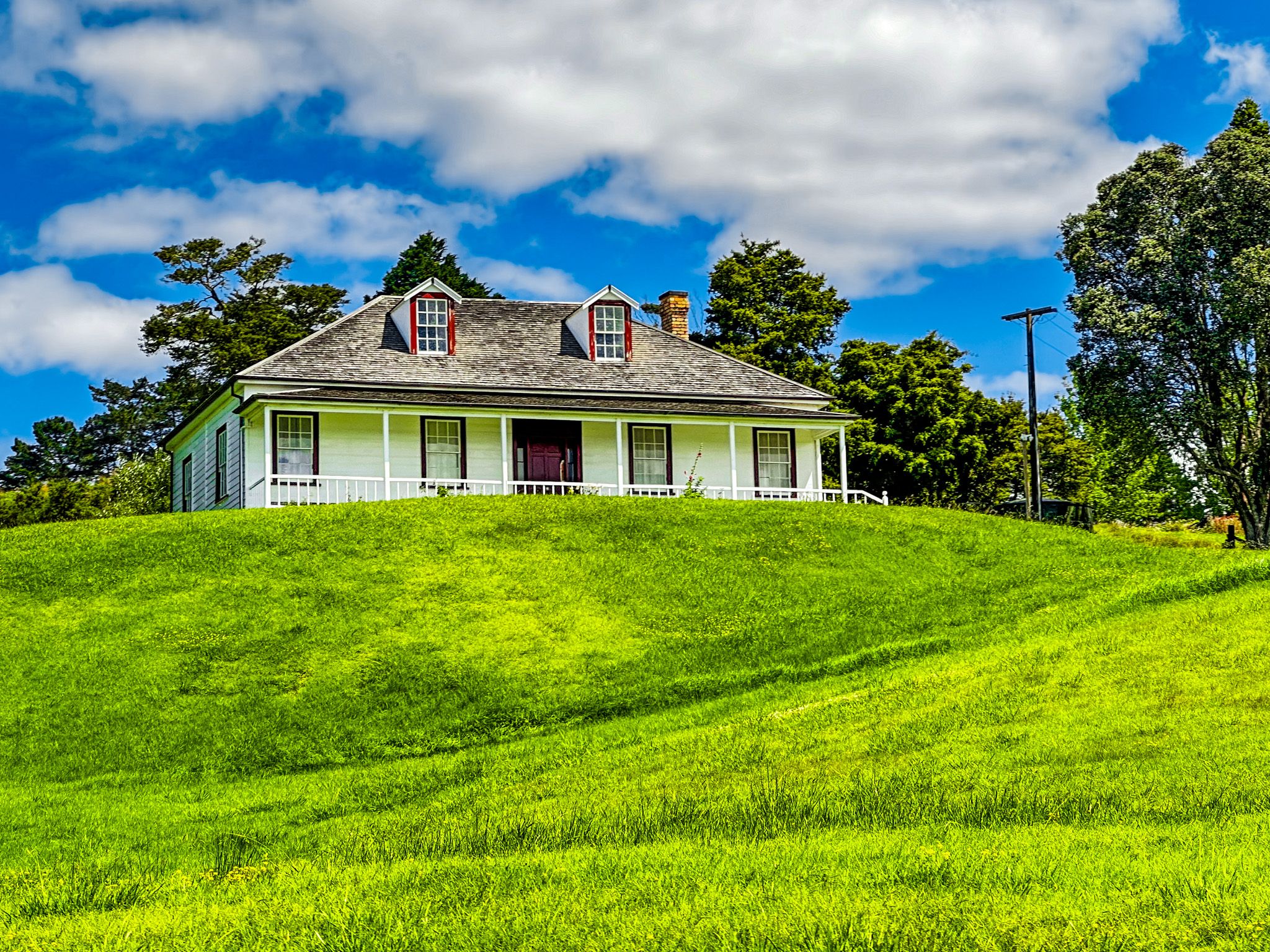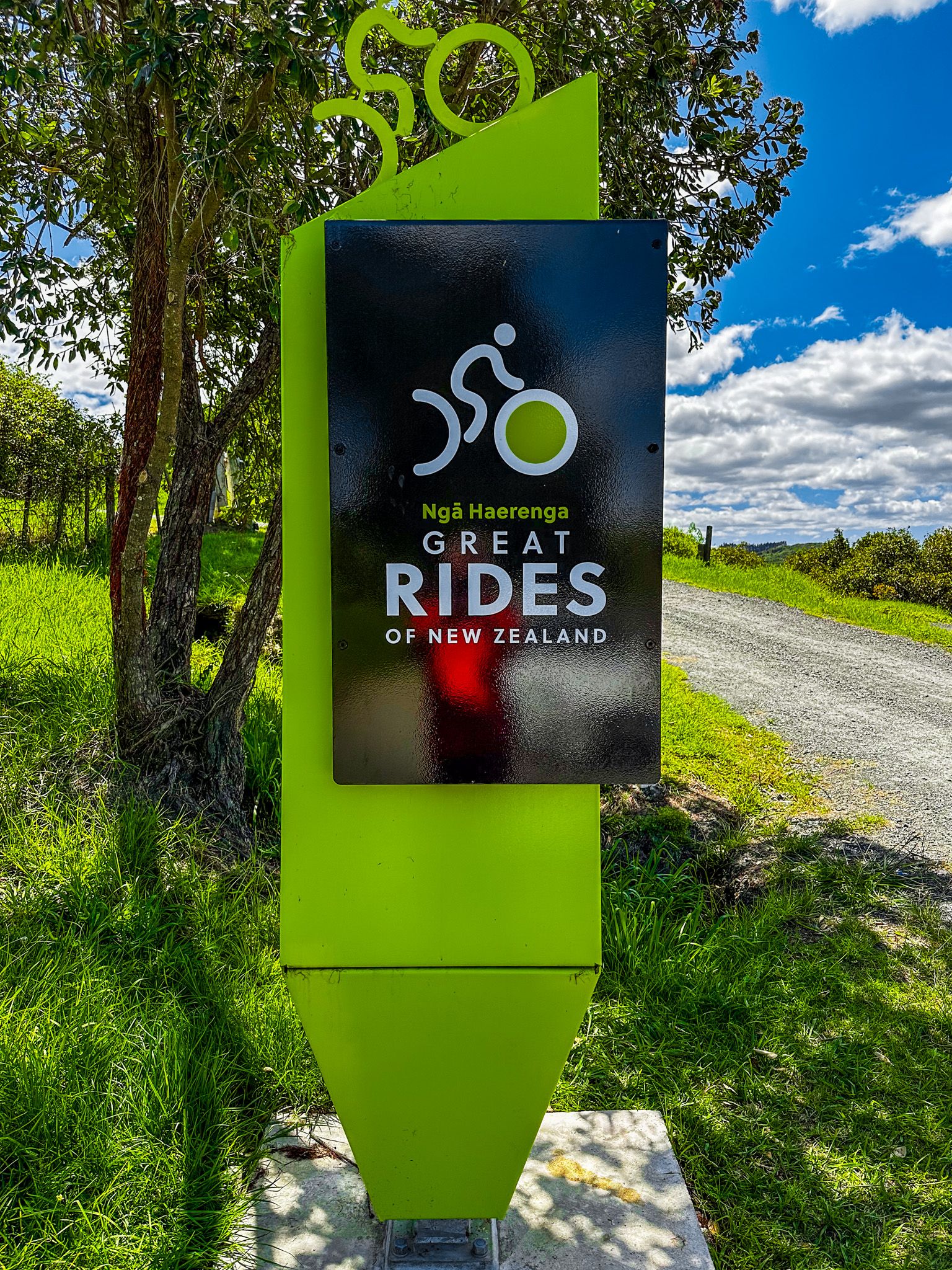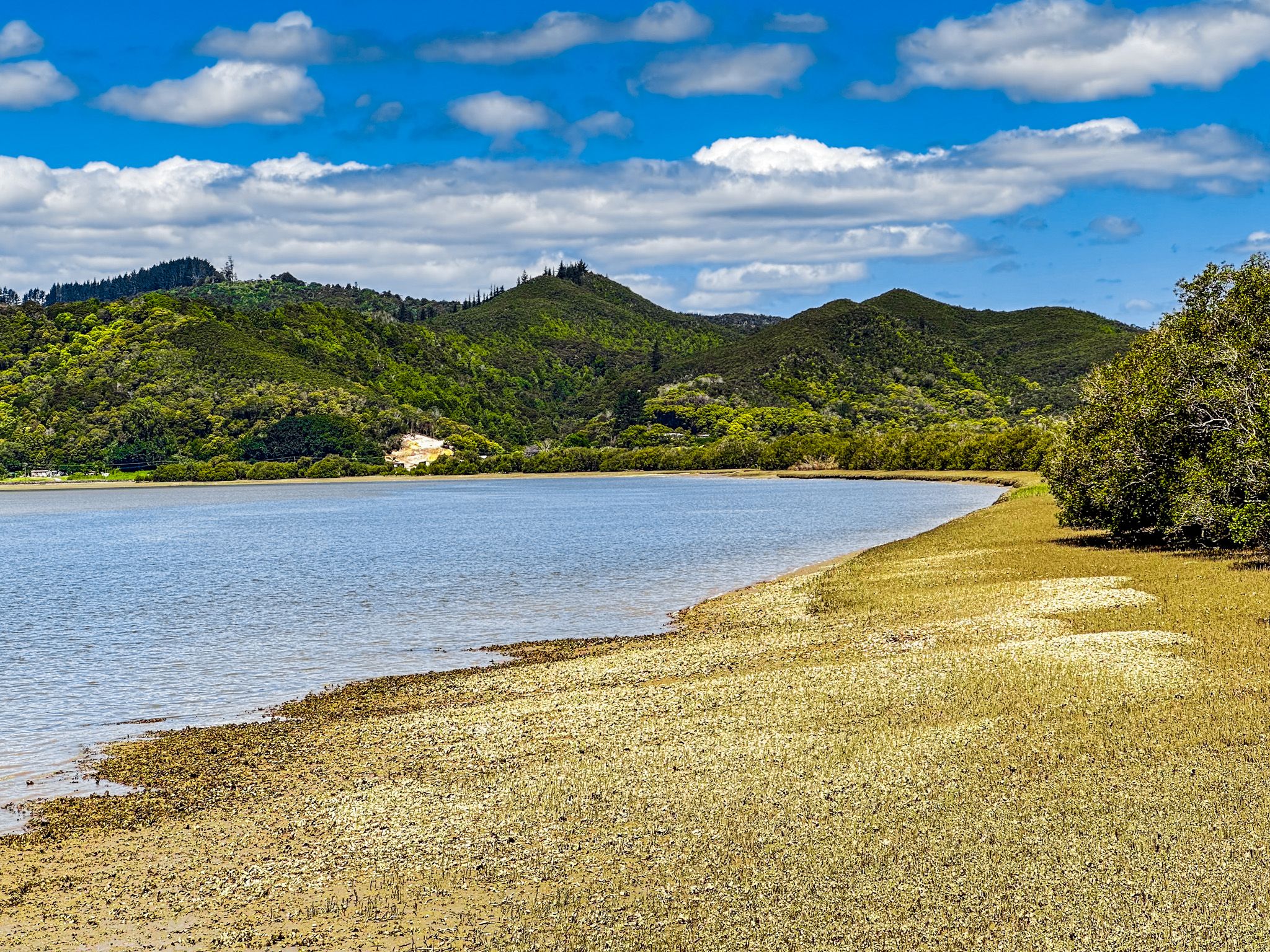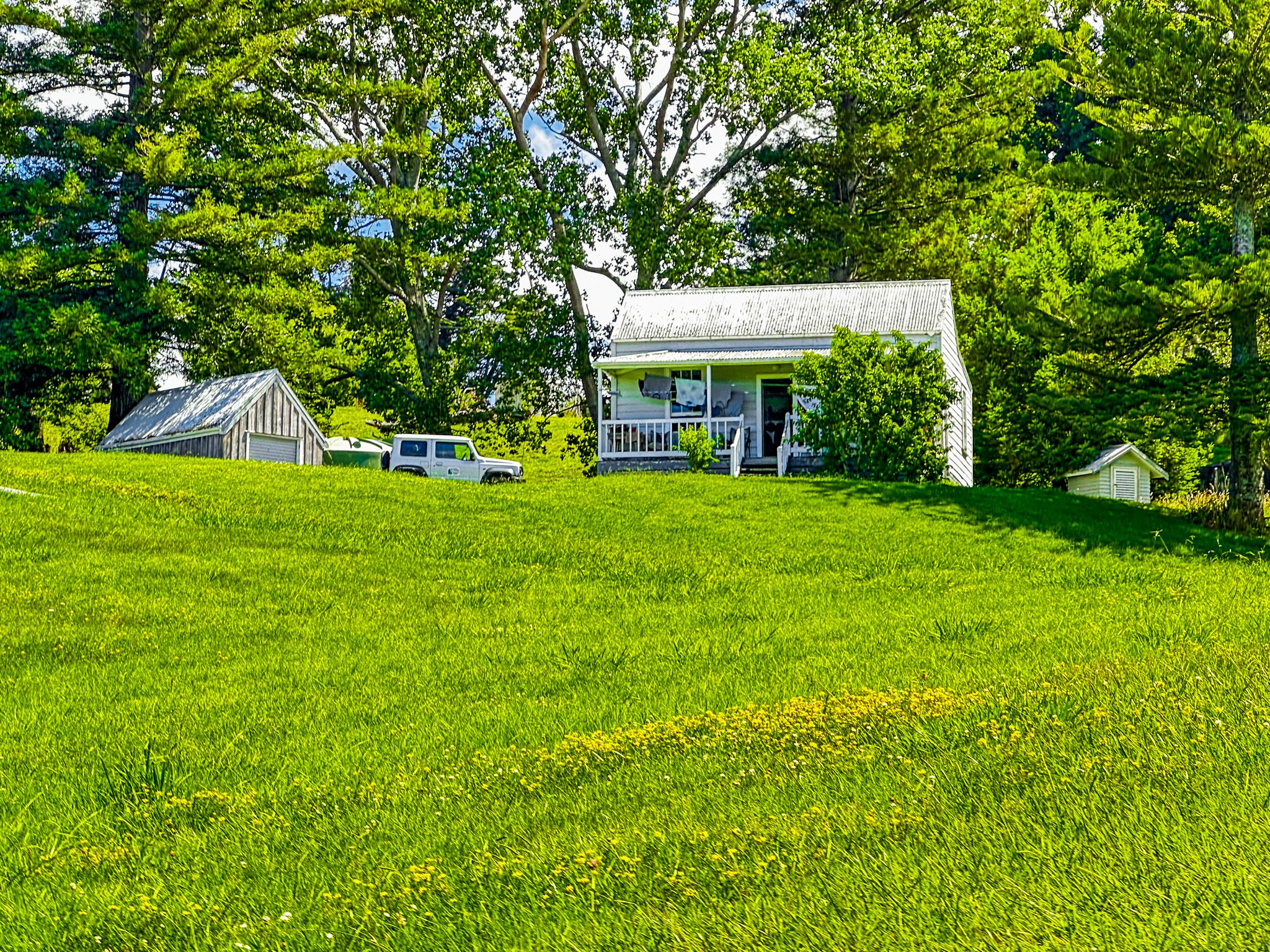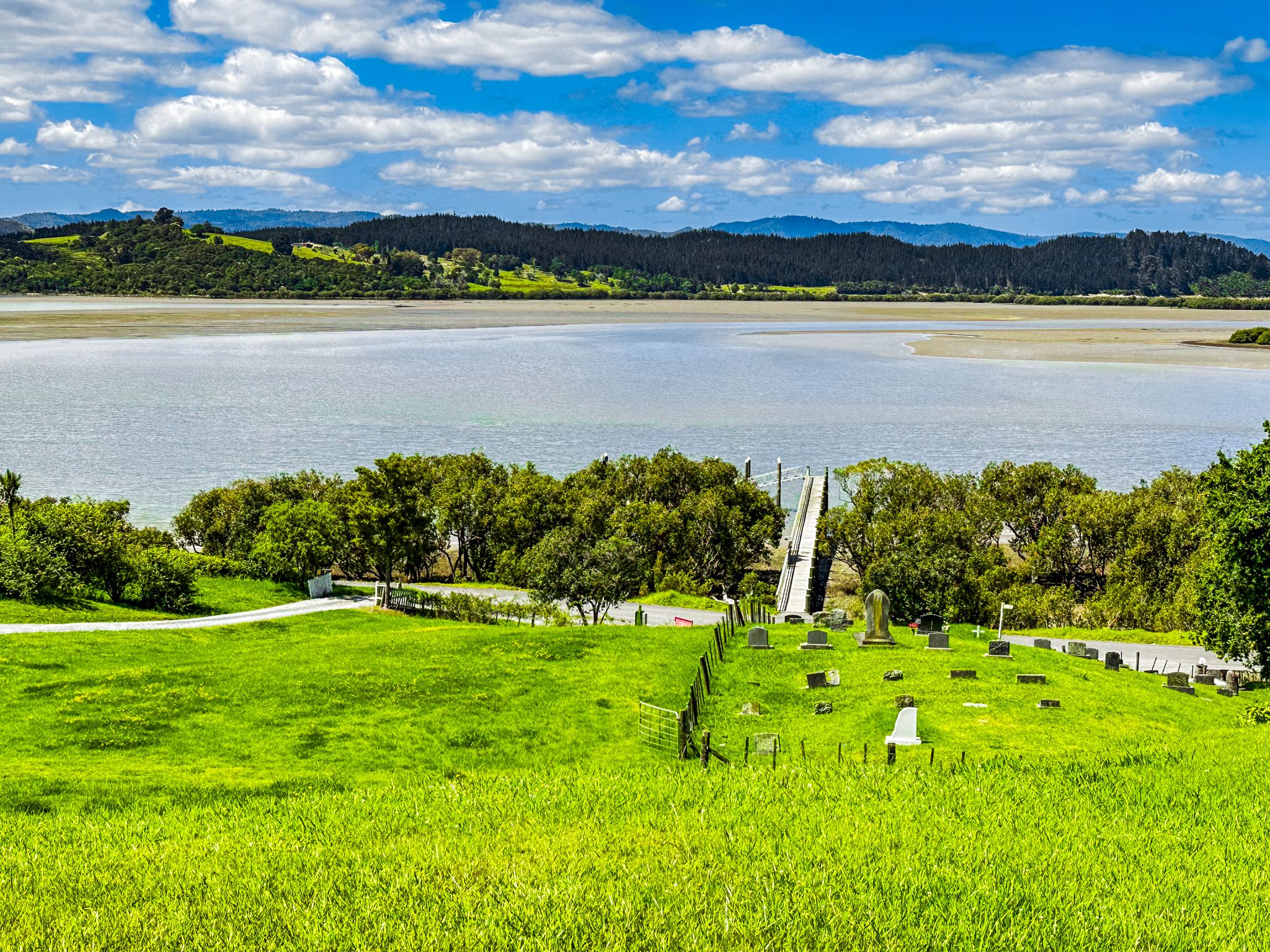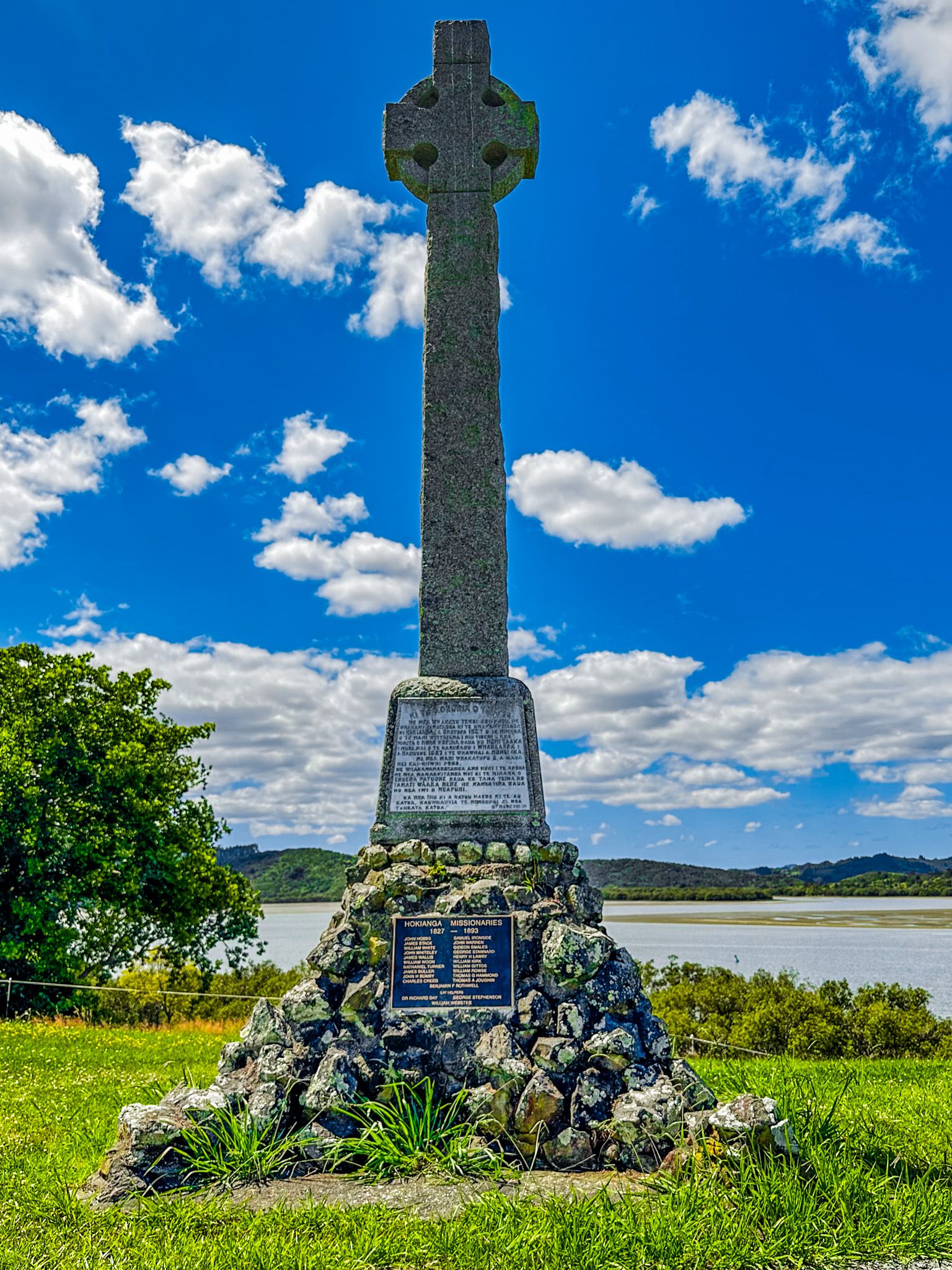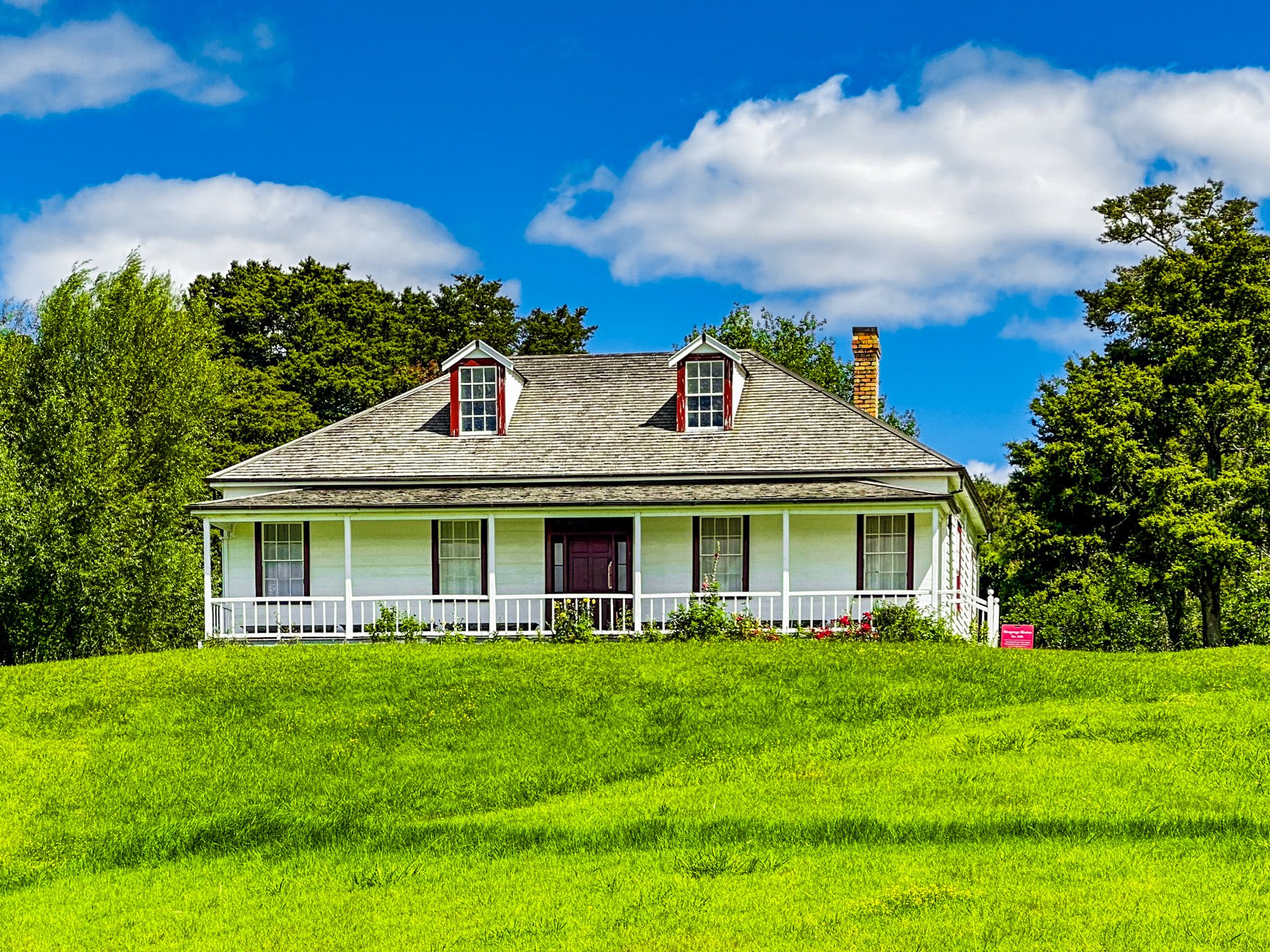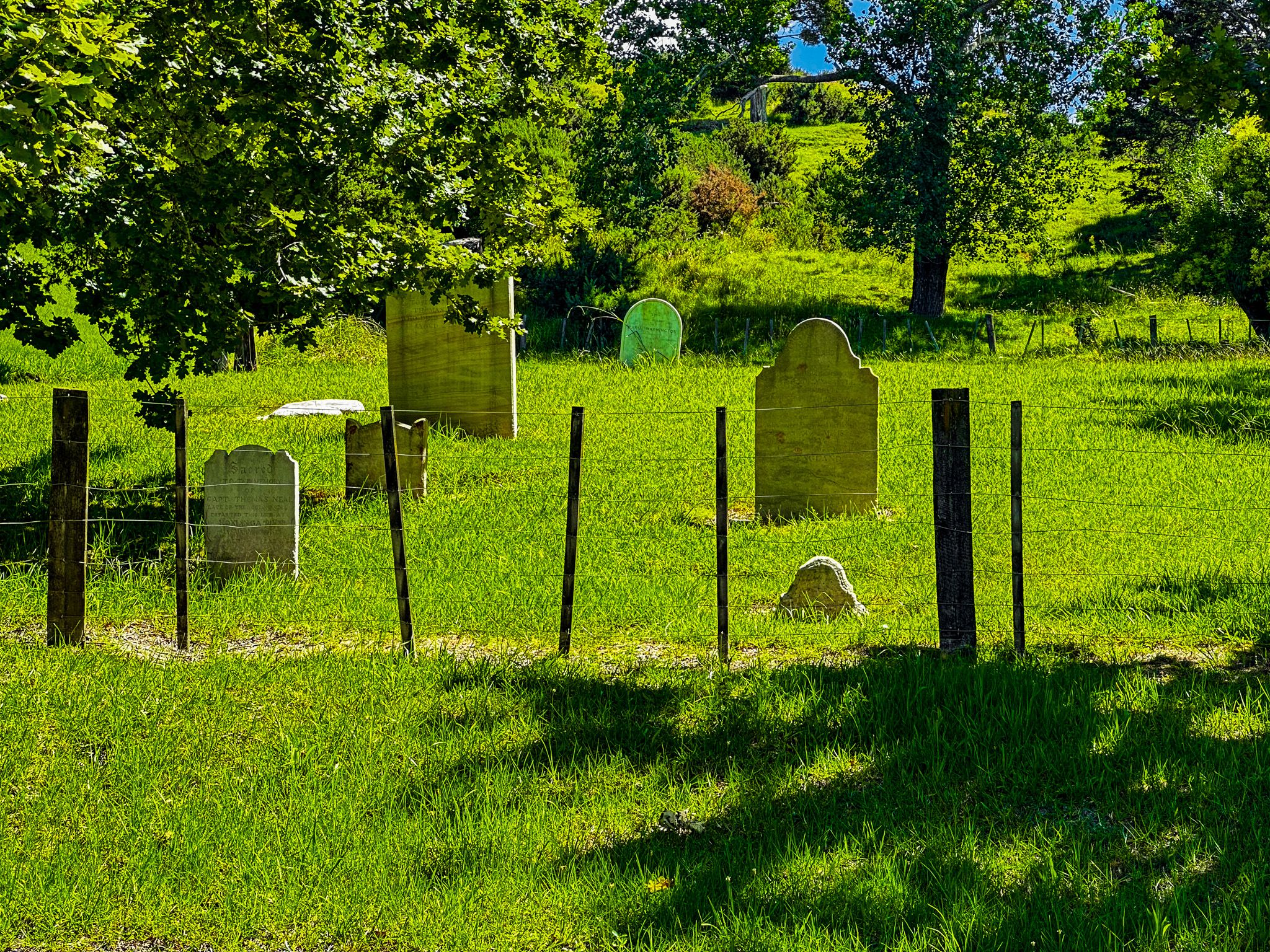Mangungu Mission is a historic and beautiful hillside location on the northeast side of Hokianga Harbour, about 2 km from Horeke. There is an original mission house with an interesting history up the grassy hill with a small church towards the bottom. On the left side, looking up is a historic and picturesque cemetery. You can drive past the church to a car park by the house and walk around anytime. The house is a museum but does have limited hours. So check the website to see if you would like to go inside. You can also check out the monument just above the church on the side of the access road.
The Church Missionary Society (CMS) was the first to establish a presence in NZ, but in the 1820s, they were followed by the Wesleyan Missionary Society (WMS). Samuel Leigh, a WMS missionary in Australia, promoted this. The first WMS mission station was set up in 1823 in Kaeo, near Whangaroa Harbour. It was sacked and abandoned during the Musket Wars in 1827.
The WMS, led by John Hobbs, relocated to the Hokianga Harbour, and Māngungu Mission was founded in 1828 under the protection of Māori leader Patuone. Several buildings and a chapel were quickly added. In 1830, William White took over the mission. He established further missions at Kāwhia and Waingaroa on the North Island's west coast. White sought to reduce the influence on Māori of other European colonists, purportedly to prevent exploitation. This led him to engage in business practices that disadvantaged colonists relative to the mission’s commercial sawmilling. He also annoyed his fellow missionaries, who felt the commercial activity was disrupting their preaching, and he was recalled to England in 1836.
The original mission house burned down in August 1838, and the first missionary, John Hobbs, returned and built the present house. In 1839, Mary Bumby introduced the first honey bees to NZ at the station. Then, on 12 February 1840, William Hobson, the Governor General of New Zealand, stayed at the house for the largest signing of the Treaty of Waitangi. Around 3,000 people attended, and 70 rangitara signed the treaty six days after the Waitangi signing. This is commemorated at the site on 12 February every year.
But by the late 1840s, the site had declined in importance to the WMS, which had moved to Auckland. Hobbs and his family were the only remaining missionary family, and the mission was closed in 1855. The mission house was disassembled and moved to Onehunga in Auckland, eventually becoming a private home.
Fortunately, this was not the end of the story. In 1972, the Historic Places Trust (now Heritage New Zealand Pouhere Tāonga) acquired and moved the house back to Māngungu. It opened as a museum in 1977 and includes a table built by Hobbs, on which the Treaty of Waitangi was signed at Māngungu in 1840. The cute and photogenic church was imported from Kohukohu.
The mission station is located on Motukiore Raod on the harbour's edge. Take Horeke Road from Horeke for 1.5 km and continue straight over the bridge. Māngungu is also one end of the Twin Coast Cycle Trail, and you can organise a boat transfer to and from Rawene, the closest substantive town.
